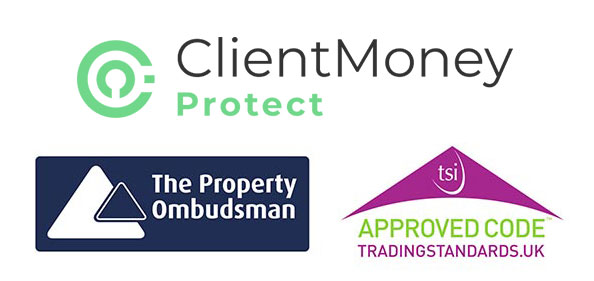
Monthly UK House Price Statistics – February
The Monthly UK house price statistics for February are in – Here are our main takeaways…
Affordability at best rate for 8 years
The national asking price for newly marketed property is up a little under 1% at .7% in February, making the average asking price for property nationwide £300,715, an increase of £1981.00 from January. This is in line with the price rises normally see at this time of year. This is combined with an increase in average wage growth, which is improving affordability. Asking prices for new to the market properties in the First Time Buyer sector fell slightly to an average of £189,347 – which helps to boost affordability in that sector even more.
Miles Shipside, Rightmove director and housing market analyst comments: “Longer daylight hours and green shoots appearing in gardens herald the start of the traditionally more buoyant spring market. Sellers’ subdued pricing is now being outstripped by higher average wage growth, meaning that buyer affordability is on the rise at the fastest rate in nearly eight years.”
Competitive mortgage market counters insecurities
Another factor which is currently aiding buyers is competition within the mortgage market. Prominent lenders are cutting their mortgage rates and offering long term fixed rates at attractive rates which is also good for maintaining confidence in the market. HSBC are currently offering a 10 year fixed rate for as little as 2.49%. Removing the prospect of interest rate rises offers buyers freedom from affordability worries and can only help the property market whilst we navigate through the unsettled political climate.
Local market steady
The more local picture in the South West shows a smaller increase in asking prices than the national trend, up just .1%to £297,614. This mirrors the picture across the whole of Southern England which is generally seeing less house price growth than northern regions. This is however creating some hesitancy amongst sellers. With fewer properties coming on to the market, this is likely to keep transaction numbers high as buyers look to secure a property amid stronger competition.
Overall, considering the ongoing uncertainly around Brexit, particularly as we move towards the UK’s exit from the EU at the end of March, the property market is staying pretty strong. Positive wage growth and competitive mortgage rates are set to help things along. These factors should combine to make this a busy spring market. Miles Shipside sums things up…
“As it is, the extent of that activity will depend on the degree of hesitancy among sellers to try to sell and be realistic on price, and buyers overcoming short-term uncertainty and taking a medium-term view that this is a good time to buy. As always those decisions will also be influenced by local market dynamics.”
If you are considering testing the Spring market – get in touch with us for a free property consultation.
*Market sectors explained:
First-time buyer: This figure represents the typical property a first-time buyer would purchase, covering all two bed properties and smaller that come to market (houses and flats).
Second-stepper: This figure represents the typical property of a person moving from their first home, covering all three and four bed properties that come to market (houses and flats) excluding four bed detached houses.
Top of the ladder: This figure represents asking prices at the top end of the market, covering all five bed properties and above (houses and flats), as well as four bed detached houses.
